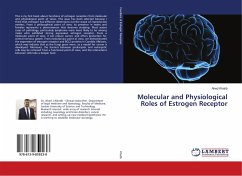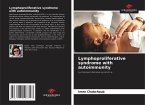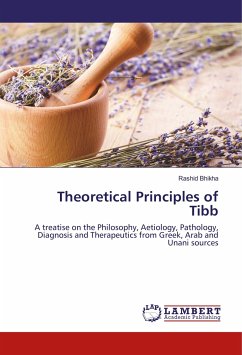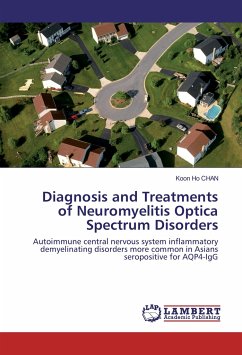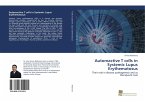Autoimmune diseases and type I hypersensitivity diseases have been handled in isolation from the pathophysiological point of view. But it is important to identify the union between these two fields of Immunology and to identify a model that combines them, since there is no clarity in the mechanisms that lead to autoallergies as a unitary disease. Within the different types of existing immune responses, there is a small group, where the main characteristic is that the individual's immune system loses the capacity to differentiate the self from the foreign, thus generating responses directed to self antigens. On the other hand, there are the type (I) hypersensitivity responses that occur in atopic individuals after a short time of exposure to an external allergen, resulting in an excessive and disproportionate response that causes tissue damage.
Bitte wählen Sie Ihr Anliegen aus.
Rechnungen
Retourenschein anfordern
Bestellstatus
Storno


